Choi Champandaek (House of Choi Champan) (최참판댁)
7.1 Km 29015 2021-12-16
66-7, Pyeongsari-gil, Hadong-gun, Gyeongsangnam-do
+82-55-880-2651
The House of Choi Champan is known as the setting of the famous novel "Toji" ("The Land") by noted novelist Park Kyongni. Located in a small folk literature village in Agyang-myeon, Pyeongsa-ri along the Seomjingang River at the foot of Jirisan Mountain, Choi Champandaek consists of fourteen hanok (traditional Korean house) buildings.
Also used as the main set of the drama version of "Toji" (2004), Choi Champandaek gives visitors a look at the life of Korean people in the late Joseon era. The house has not only made its appearance in many films, but is also a valuable cultural asset of Hadong-gun.
The Daecheong Maru (wooden-floored hall) connected to the Sarangchae (men’s quarters in a hanok) offers a wide view of the vast field of Pyeongsa-ri and gives an opportunity to meditate and reflect while appreciating the beautiful surroundings. Located in the vicinity are numerous tourist attractions including the Pyeongsari Literature Center, Hwagae Market, and Ssanggyesa Temple. During fall season every year, Choi Champandaek hosts the Toji Literature Festival.
Toji Literature Festival (토지문학제)
7.1 Km 848 2020-09-17
76-23, Pyeongsari-gil, Hadong-gun, Gyeongsangnam-do
• 1330 Travel Hotline: +82-2-1330 (Korean, English, Japanese, Chinese) • For more info: +82-55-880-2363
Toji Literature Festival is held annually in Hadong-gun, the setting of one of Korea's greatest historical novels, Toji, written by Park Kyongni. The festival pays tribute to the novel Toji, depicting the modern history of Korea between the years of the Donghak Revolution in 1897 and the Liberation of Korea in 1945. It has become one of the nation’s major literature festivals.
Gurye Yeongoksa Temple (연곡사 (구례))
7.1 Km 26862 2021-02-09
774, Piagol-ro, Gurye-gun, Jeollanam-do
+82-61-782-7412
Yeongoksa Temple is located in Naedong-ri, Gurye-gun and was constructed in 543 by Yeongi, a high Buddhist monk, who also helped create Hwaeomsa Temple. The temple was destroyed during the Imjin War (1592-1598) and the Korean War. In spite of the damage, the temple has continued to house two national treasures and four treasures. Starting from March 1, 1981 with the original Beopdang Hall, the temple began to be rebuilt due to the efforts of the leading monk at the time, Chang Sungbu.
Acording to legend, Yeongi discovered a pond in the current sanctuary area when reading about the land's topography. While he was looking at the middle of the pond, one swallow flew from a whirlpool. After that, the pond began to dry up and the place was then used for the temple. As such, the name Yeongok refers to the phenomenon of "Yeon," a swallow, and "Gok," a valley. There is a memorial plaque for Go Gwang-sun, a patriotic leader who fought against Japanese power during the Japanese colonization period while taking shelter at Yeongoksa Temple
Pyeongsari Field (평사리들판)
7.6 Km 29471 2022-08-26
Pyeongsari-gil, Hadong-gun, Gyeongsangnam-do
+82-55-880-2651
Pyeongsari Field was created by Seomjingang River flowing through the canyon which attracted people to form a village. The field served as the central farming field and fed the villagers for many years and appeared as a setting in Park Kyongni's novel "Land." Pyeongsari field is one of the largest fields found along Seomjingang River, boasting a size of 2,743,801 ㎡.
Samseonggung (삼성궁)
7.7 Km 56428 2024-02-21
86-15 Samseonggung-gil, Cheongam-myeon, Hadong-gun, Gyeongsangnam-do
Samseonggung is a Taoist shrine located at 850 meters above sea level on Jirisan Mountain. It serves as a spiritual hub for practicing Sinseondo, embodying traditional Korean culture. In 1983, Kang Min-ju (Taoist Priest Hanpul), along with his disciples, restored the sodo, a sacred altar from the Gojoseon period. This shrine stands as a revered sanctuary, honoring the primal ancestors of the Korean people: Hwanin (Lord of Heaven), Hwanung (Supreme Divine Regent), and Dangun (legendary founder of Gojoseon).
Hadong Agyang [Slow City] (경남 하동 악양 [슬로시티])
8.1 Km 11880 2021-02-02
357, Agyangseo-ro, Hadong-gun, Gyeongsangnam-do
+82-55-880-2370
Agyang-myeon is located in Hadong-gun, Gyeongsangnam-do, surrounded by Jirisan Mountain and cut through by the Agyangcheon Stream. The unique geographical features allow the village to grow 80% of all persimmons harvested in Hadong. The area is also famous for its green tea, brought over from China during the Unified Silla period.
Maeam Tea Museum (매암차문화박물관)
8.2 Km 23640 2020-07-04
348, Agyangseo-ro, Hadong-gun, Gyeongsangnam-do
+82-55-883-3500
Maeam Tea Museum originally started from a tea garden established in 1964 by Gang Seongho. The tea museum features hands-on programs that allow participants to directly experience the process of making tea and also learn about proper tea culture. It aims to become an experiential museum.
[Hadong Pak Kyongni Toji-gil Trail 1] Seomjingang Pyeongsa-ri Park to Hwagae Market ([하동 박경리 토지길 1코스] 섬진강 평사리공원~화개장터)
8.7 Km 30159 2024-02-08
Agyang-myeon, Hadong-gun, Gyeongsangnam-do
Hadong Pak Kyongni Toji-gil Trail 1 offers a scenic route around the Pyeongsa-ri fields, famously depicted in the novel Toji (The Land) by prominent Korean novelist Pak Kyongni. Spanning 18 kilometers from Pyeongsa-ri to Hwagae Market, this trail allows visitors to stroll alongside the Seomjingang River, immersing themselves in the world of the novel. Additionally, it is celebrated as a magnificent spot for cherry blossom viewing in spring.
Pyeongsari Park (평사리공원)
9.0 Km 10485 2022-08-22
3145-1, Seomjingang-daero, Hadong-gun, Gyeongsangnam-do
+82-55-883-9004
Situated along Seomjingang River between Gurye and Hadong, Pyeongsari Park was built for the enjoyment of summer tourists to the area. In addition to the beautiful river, the park is home to campgrounds, numerous shaded rest spots, basketball courts, soccer fields, and an abundance of parking space. Decorated with Jangseung (totem poles, which used to be set at the entrance of villages), the spacious park is full of excellent amenities: barbecue grills, benches, drinking fountains, and clean bathrooms. The sandy banks of the river offer a unique opportunity to catch marsh clams.
Pyeongsari Park and its nearby attractions appeared in Toji (The Land), the epic historical novel by Park Kyung-ni. Visitors may want to tour the group of houses that have been reproduced to commemorate the novel, including the famous Choi Champan House.
Nearby attractions include Hwagae Market, Ssanggyesa Temple, and Seomjingang Maehwa Village, host of the Gwangyang Maehwa Festival.
Jirisan History Museum (지리산역사관)
10.1 Km 45200 2021-06-15
1438, Hwagae-ro, Hadong-gun, Gyeongsangnam-do
+82-55-880-2954
Jirisan History Museum is located within Jirisan National Park at the start of the hiking course to Byeoksoryeong Pass. Rather a small museum, it provides detailed information about the history of North Korean partisans and the routes that they took throughout the mountain during the Korean War. The museum also exhibits the war relics, lifestyle of the mountain villagers and local produce of Hadong.
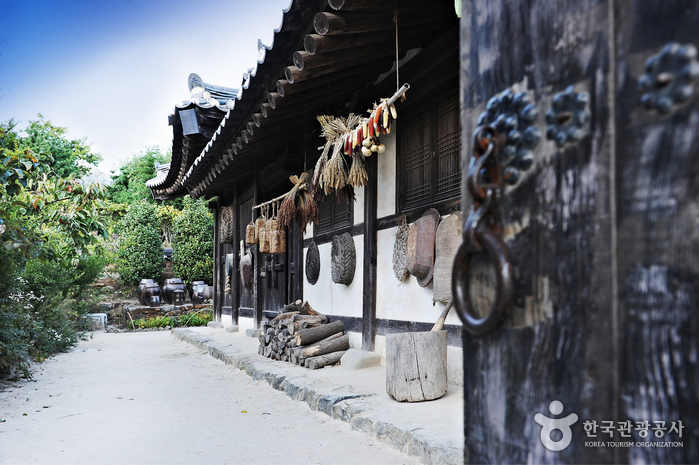
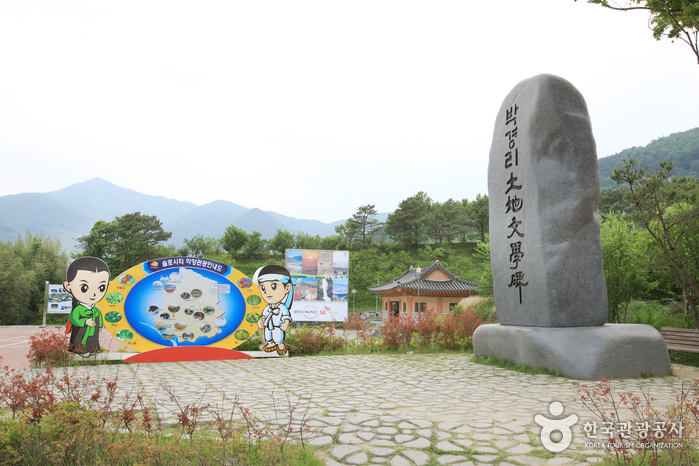
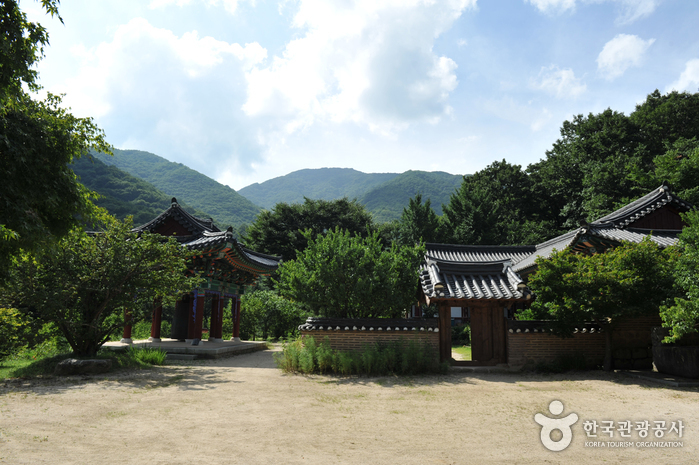
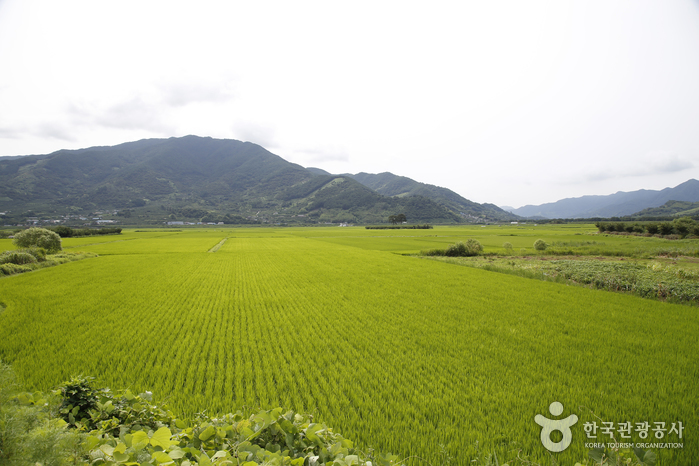

![Hadong Agyang [Slow City] (경남 하동 악양 [슬로시티])](http://tong.visitkorea.or.kr/cms/resource/06/2026206_image2_1.jpg)
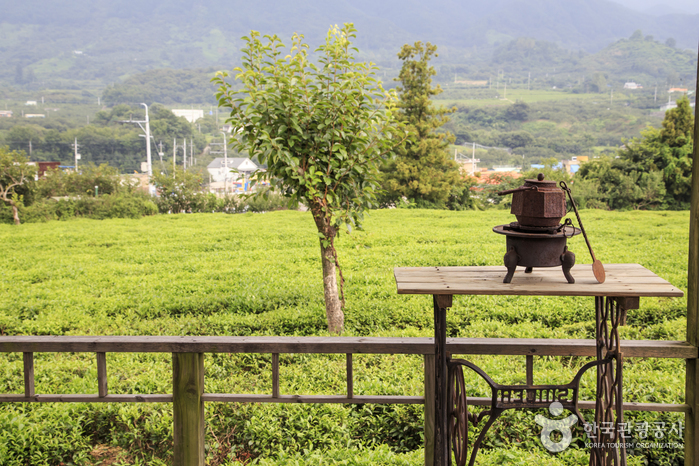
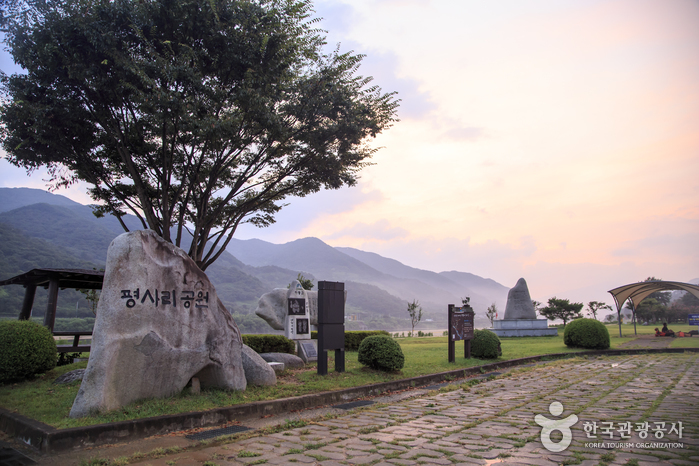
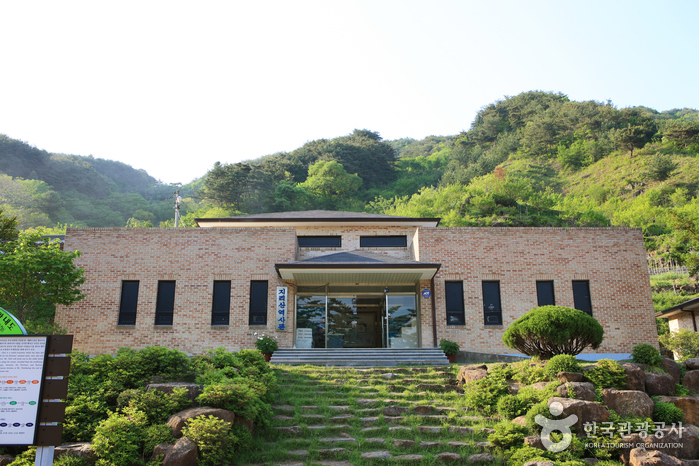
 English
English
 한국어
한국어 日本語
日本語 中文(简体)
中文(简体) Deutsch
Deutsch Français
Français Español
Español Русский
Русский